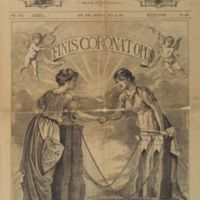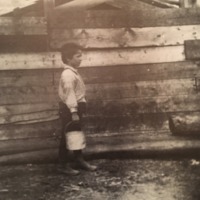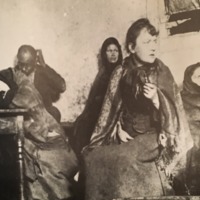Browse Items (87 total)
- Collection: 1890s
Philanthropy
Tags: philanthropy
Standard Oil
Tags: 1890s, Gilded Age, Martin Dressler
The Battle with the Slum - Jacob Riis
Tags: Jacob Riis, tenements
Robber Barons
Coney Island
Finis Coronat Opus
Tags: 1890s, Brooklyn Bridge, Martin Dressler
The Grand Display of Fireworks and Illuminations
Tags: 1890s, Brooklyn Bridge, Martin Dressler
Brooklyn Bridge
Tags: Brooklyn Bridge, Martin Dressler
Prostitution Densities in Manhattan
Tags: 1870s, Maggie, prostitution
Construction Of The Astoria Hotel, New York City.
Tags: architecture, class, Martin Dressler
St. Cloud Hotel, New York. Westminster Hotel, New York.
Cosmopolitan Hotel, New York. Hotel Brunswick, New York
Tags: architecture, buildings, hotels, Martin Dressler
"Are Friends Clear of Materialism?"
Tags: 1890s, Martin Dressler
A Growler Gang in Session [the Montgomery Guards at West 37th Street Dock]
Tags: 1890s, alcohol, beer, gangs, How the Other Half Lives, Jacob Riis
Rushing the Growler [Beer Can]
Tags: 1890s, alcohol, beer, How the Other Half Lives, Jacob Riis
In a Dive
Tags: 1890s, alcohol, beer dive, How the Other Half Lives, Jacob Riis
A Down-Town Morgue
Tags: 1890s, alcohol, beer dive, How the Other Half Lives, Jacob Riis, saloon















